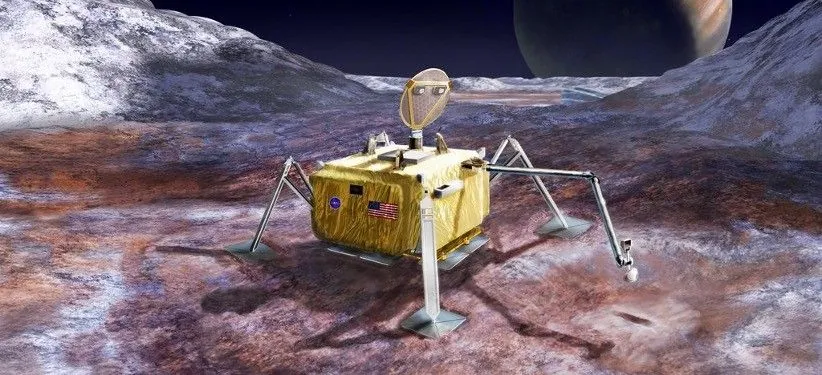
NASA's Bold Leap Towards Finding Life on Ocean Worlds!
2024-12-04
Author: Chun
NASA's Strides in the Search for Extraterrestrial Life
NASA is making significant strides in the quest to uncover signs of life and potentially habitable environments beyond Earth. With a focus on moons that harbor liquid water, like Europa—Jupiter's enigmatic satellite—and Enceladus, one of Saturn's intriguing moons, the agency is laying down critical frameworks for future exploratory missions.
Empowering Robotic Missions
The groundbreaking research is fueled by advanced autonomy testbed programs. These projects aim to empower robotic missions that can operate with a high degree of autonomy, given the challenges posed by long communication delays, extreme environmental conditions, and limited energy resources on these ocean worlds. With missions kicking off as early as the next decade, the stakes have never been higher.
Historical Programs and Their Achievements
In 2020, NASA launched the Autonomous Robotics Research for Ocean Worlds (ARROW) program, followed by the Concepts for Ocean Worlds Life Detection Technology (COLDTech) program in 2021. Six research teams from universities and companies across the U.S. were selected to address a plethora of autonomy challenges pioneering solutions that could revolutionize the way we explore these distant locales. These projects, which lasted two to three years, have now reached critical milestones.
Innovative Testbeds for Exploration
One standout effort involves the Ocean Worlds Lander Autonomy Testbed (OWLAT), a sophisticated hardware simulator designed to mimic a lander's behavior in low-gravity environments. This advanced testbed features a seven-degree-of-freedom robotic arm for sample collection and analysis, imitating the exact conditions and motions expected on celestial bodies. Coupled with a suite of sensors and camera systems, engineers can assess how these robotic systems interact with alien terrains that may resemble icy oceans or extraterrestrial seas.
The OceanWATERS Initiative
The OceanWATERS project emerged as another crucial initiative, offering a virtual arena for exploring Europa. Utilizing a realistic simulation environment, OceanWATERS allows researchers to test lander operations on various terrain models, some mimicking conditions found in the Atacama Desert—one of Earth's most inhospitable places, providing a strong analogue for potential extraterrestrial landscapes.
Preparing for Every Scenario
Equipped with stereo cameras and programmable arms, the simulated landers are capable of a variety of operations, including surveying the landscape, analyzing soil samples, and adapting to simulated hardware failures—essentially allowing scientists to prepare for every conceivable scenario before embarking on actual missions.
The Role of Onboard Intelligence
As these cutting-edge technologies evolve, the importance of onboard intelligence cannot be overstressed. Missions will require robots to make instantaneous decisions in the face of unforeseen challenges, working independently of Earth due to prohibitive communication lags. This requires not only advanced research but also integration of sophisticated autonomy algorithms and data processing tools.
Looking Ahead
The future is bright, as the ingenuity demonstrated by the ARROW and COLDTech research teams paves the way for remarkable advancements in planetary exploration. The fruits of their labor promise to enhance our understanding of life’s potential beyond Earth.
A New Era in Astrobiology?
Could the next major breakthrough in astrobiology come from beneath the icy crust of Europa or Enceladus? Only time will tell, but with NASA at the forefront, the journey into the unknown is set to unfold spectacularly. Get ready to be amazed by the space discoveries that await us!



 Brasil (PT)
Brasil (PT)
 Canada (EN)
Canada (EN)
 Chile (ES)
Chile (ES)
 España (ES)
España (ES)
 France (FR)
France (FR)
 Hong Kong (EN)
Hong Kong (EN)
 Italia (IT)
Italia (IT)
 日本 (JA)
日本 (JA)
 Magyarország (HU)
Magyarország (HU)
 Norge (NO)
Norge (NO)
 Polska (PL)
Polska (PL)
 Schweiz (DE)
Schweiz (DE)
 Singapore (EN)
Singapore (EN)
 Sverige (SV)
Sverige (SV)
 Suomi (FI)
Suomi (FI)
 Türkiye (TR)
Türkiye (TR)